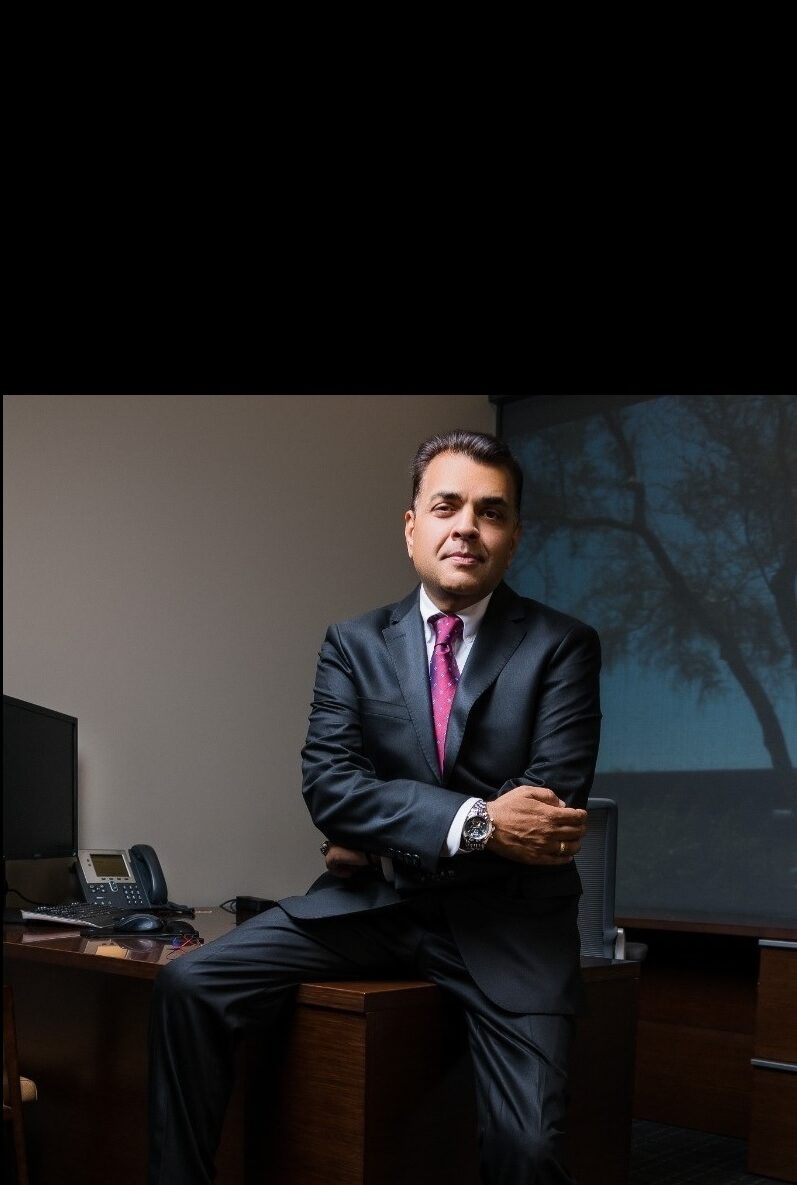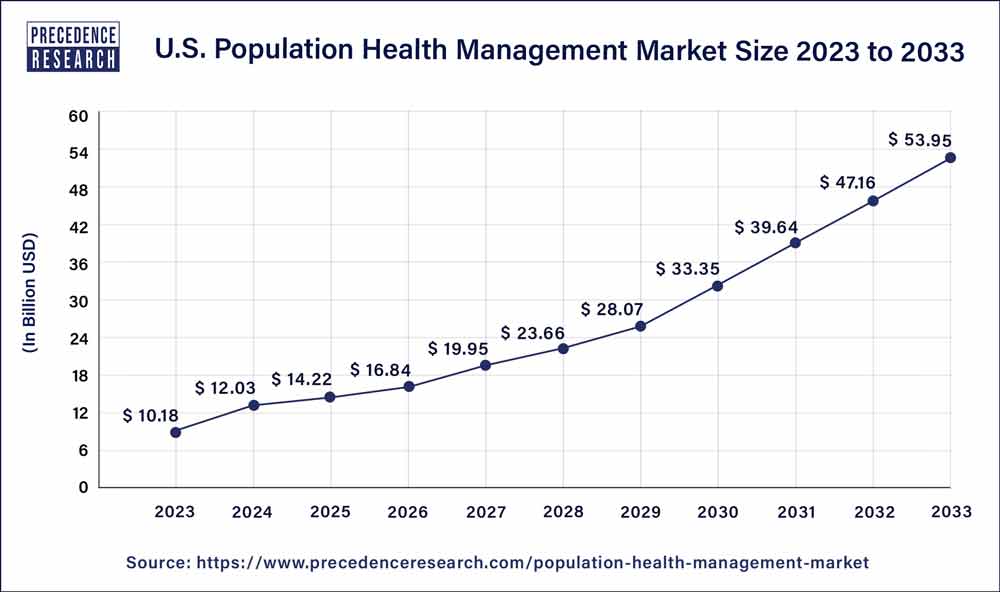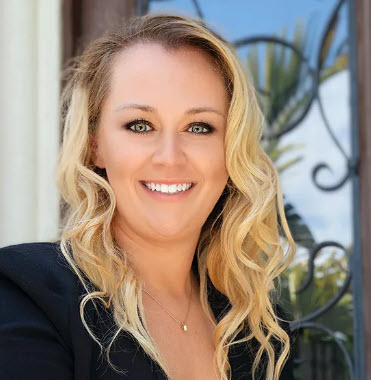Genesis Greater Good is honored to spotlight Andrea Bartzen—a true catalyst for global change. In a world where creativity and innovation collide, Bartzen, biotech visionary and proud member of the Genesis Business Humanity Club, is championing change on a global scale. As the founder of The Global Passion Projects, Bartzen has established a transformative platform that connects legacy families and high-net-worth investors with trailblazing scientists and entrepreneurs to address some of the world’s most pressing health challenges.

Art Bio Miami: A Celebration of Hope and Innovation
During the 2024 Art Basel week in Miami, Bartzen’s vision came to life through the inaugural Art Bio Gala. Hosted by iconic artist Romero Britto at the exclusive Britto Palace, the gala was more than an event—it was a movement uniting art, science, and philanthropy. Luminaries from Silicon Valley, Miami’s investment community, and philanthropic circles gathered to champion solutions for critical global challenges.
The evening’s highlights included a heartwarming fashion show featuring young cancer survivors proudly dressed as their future selves—an ode to hope and the limitless possibilities of life. This celebration also showcased groundbreaking innovations funded through Bartzen’s foundation, reinforcing her commitment to blending passion with tangible impact.


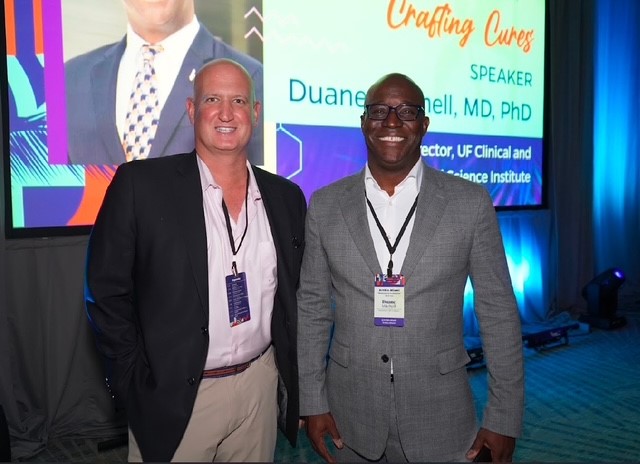



Pioneering Partnerships and Breakthroughs
At the heart of The Global Passion Projects is its dedication to catalyzing innovation in areas like cancer, Alzheimer’s, mental health, and preventive diagnostics. The foundation’s partnerships exemplify its mission:
- Wellvii™ and VitalDetect®: Revolutionizing rural healthcare with non-invasive monitoring tools that make remote patient care accessible.
- DermaSensor: An AI-powered handheld device democratizing early skin cancer detection, recognized as one of TIME’s Best Inventions of 2024.
- Humaniti Foundation: A U.S. and Canadian foundation that is combining the vibrant forces of entrepreneurship, innovation, and collaboration to solve the world’s most monumental challenges, focusing on health, water, and food relief efforts around the world.
- National Pediatric Cancer Foundation: Spearheading collaborative research initiatives to combat childhood cancer with less toxic, more effective treatments.
Through these collaborations, Bartzen’s foundation is not just funding solutions—it’s fostering a culture of hope and transformation.

From Biotech to Global Impact
Bartzen’s journey from biotech leader to global changemaker reflects her passion for driving meaningful innovation. The Global Passion Projects inaugural event, the Hamptons Garden Gala, held on Thursday, August 29, 2024, served as a pivotal moment, kickstarting a series of impactful initiatives and collaborations. This event brought together thought leaders, innovators, and philanthropists to strategize on pressing health issues, setting the foundation for all future projects and events. “Our mission is to merge philanthropy with impact investing to accelerate innovation,” she shares. By bringing together legacy families and cutting-edge thinkers, Bartzen and her team create ripple effects that extend far beyond the communities they serve.

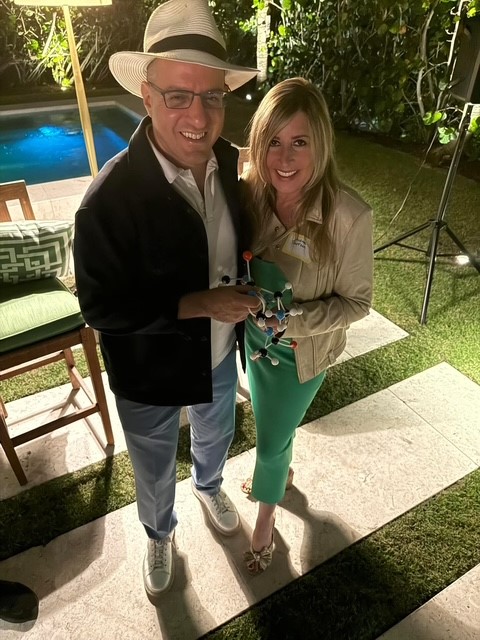
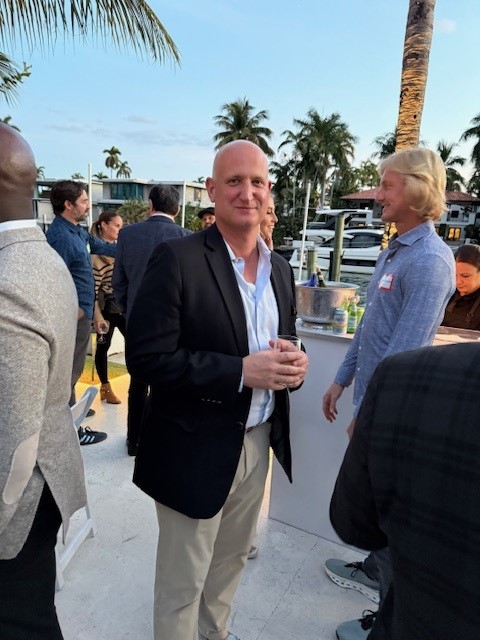


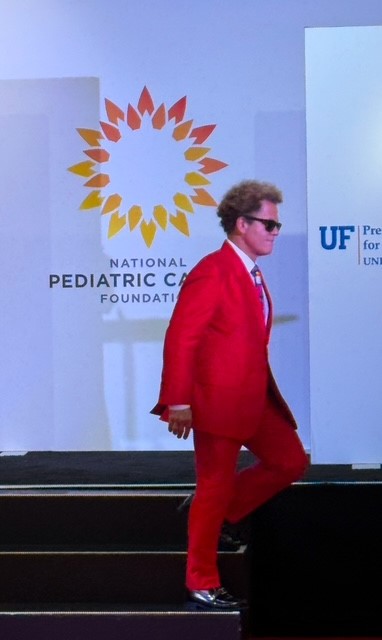




Looking to the Future
The success of Art Bio Miami sets the stage for a series of high-profile events in 2025, including gatherings in Palm Beach, New York City, London, and the Middle East. Each event promises to continue fostering collaboration and driving solutions that align with the values of the Genesis Business Humanity Club: impact, progress, and humanity.
Andrea Bartzen’s work through The Global Passion Projects and her involvement with Art Bio Miami showcases the power of connecting creativity, science, and philanthropy. Together with the Genesis Business Humanity Club, she is paving the way for a brighter, healthier, and more hopeful future.
Join the Movement For more information on The Global Passion Projects or to explore partnership opportunities, visit globalpassionprojects.com.

